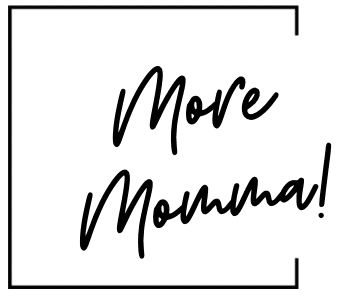In times of crisis or unexpected emergencies, having a well-equipped Emergency First Aid and Medical Bin is crucial for providing prompt and effective care.

This blog post will guide you through the essentials of creating a comprehensive medical kit that ensures you’re prepared to address injuries and medical needs in various situations.
Remember to refer to the emergency organization post to learn how you can easily create an emergency first aid and medical bin the easy way.
You can also grab a great emergency first aid kit that has everything you need already.
Or follow the ideas below to create your own.
Building Your Emergency First Aid and Medical Bin:
First Aid Basics:
-
- Adhesive Bandages: Different sizes for covering wounds and cuts.
- Sterile Gauze Pads: To control bleeding and protect wounds.
- Adhesive Tape: Secure bandages and dressings in place.
- Antiseptic Wipes: Clean wounds to prevent infection.
- Scissors and Tweezers: For cutting bandages and removing splinters.
- Latex-Free Gloves: Protect yourself and others during medical procedures.
Wound Care Supplies:
-
- Sterile Dressings and Bandages: Various sizes for different types of wounds.
- Compression Bandages: For managing sprains and strains.
- Ace Bandage: Provides support for joints and injuries.
- Wound Closure Strips: Close small wounds without the need for stitches.
Medications and Pain Relief:
-
- Pain Relievers (Acetaminophen, Ibuprofen): Manage pain and reduce fever. Make sure to have some on hand for children and adults.
- Antihistamines: Address allergic reactions and reduce symptoms.
- Aspirin: In case of a suspected heart attack, consult with a medical professional first.
- Prescription Medications: If applicable, keep a supply of necessary medications. If you need extra prescription medication and antibiotics consider Jase Medical. Click this link and you can use code: JAM-1792 at checkout to get $10 off.
Topical Treatments:
-
- Antibiotic Ointment: Prevent infection in minor cuts and burns.
- Hydrocortisone Cream: Relieve itching and inflammation from insect bites or rashes.
- Burn Gel or Spray: Cool and soothe minor burns.
Tools and Instruments:
-
- Digital Thermometer: Monitor body temperature for signs of illness.
- Flashlight: Essential for examining wounds in low-light situations.
- CPR Face Shield: Protect yourself while performing CPR.
- Tourniquet: In extreme cases to control severe bleeding.
Personal Protective Equipment (PPE):
-
- Masks: Provide protection against airborne contaminants.
- Safety Glasses: Protect eyes during medical procedures.
- Disposable Gloves: Maintain a barrier between you and bodily fluids.
Emergency Information:
-
- Emergency Contact List: Include local emergency numbers and contacts.
- Medical History and Allergies: Write down important medical information for each family member.
- First Aid Manual or Guide: Offer guidance on how to administer basic first aid.
Organizing and Maintaining Your Bin:
- Categorize Items:
- Group similar items together, such as wound care supplies, medications, and tools, to locate them quickly in an emergency.
- Label Sections:
- Use clear labels or dividers to mark sections of your bin, making it easy for anyone to find what they need.
- Check and Rotate Supplies:
- Regularly review and replace expired medications or supplies, ensuring your first aid kit is always ready for use.
- Storage:
- Keep your Emergency First Aid and Medical Bin in a cool, dry place, away from direct sunlight and extreme temperatures.
Creating an effective Emergency First Aid and Medical Bin is an investment in the well-being of yourself and those around you.
Regularly review and update your supplies to stay prepared for unexpected situations.
By taking proactive steps to organize and maintain your medical kit, you ensure a swift and effective response in times of need, promoting safety and care for everyone involved.

